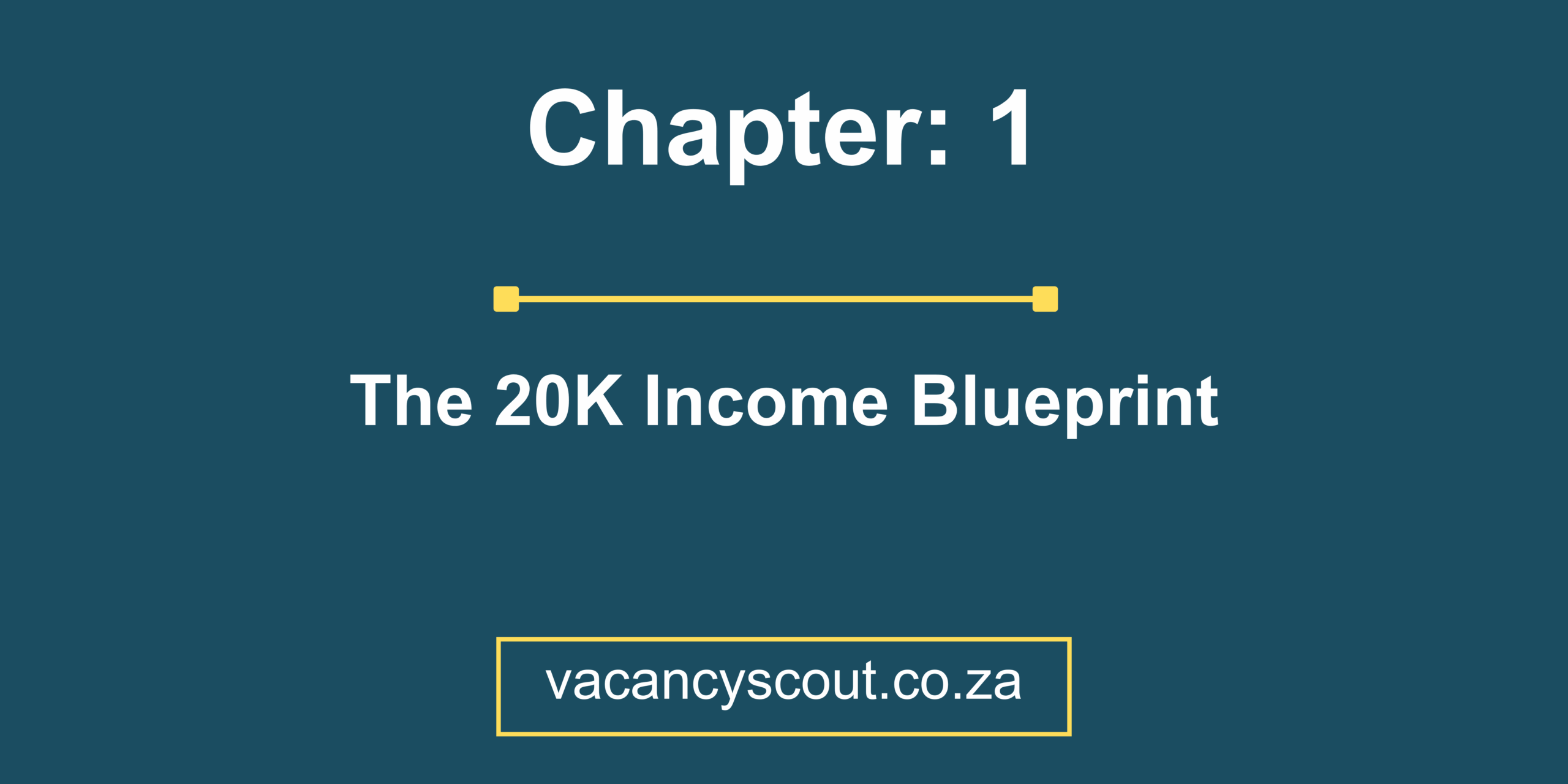
🧭 Ultimate Guide to Starting Freelancing Online
Freelancing has transformed the way people work. With just a laptop and an internet connection, you can build a career from anywhere in the world. Here’s how to get started:
📌 1. Understand What Freelancing Is
Freelancing means offering your services on a project or contract basis, typically without long-term commitments. You’re self-employed and choose:
Who you work with
When you work
How much you charge
Popular fields for freelancing:
Writing and editing
Graphic design and UI/UX
Web and software development
Digital marketing
Video editing and animation
Virtual assistance
Data entry and customer service
🛠️ 2. Identify Your Skills and Services
Start by taking inventory:
What are you good at?
What do you enjoy doing?
What do others often ask you to help with?
Examples:
| Skill | Service |
|---|---|
| Writing | Blog posts, SEO articles, copywriting |
| Graphic Design | Logos, social media posts, branding |
| Coding | Website development, app development |
| Admin | Virtual assistance, scheduling, customer service |
✅ Tip: If you’re unsure, try freelancing on something you do as a hobby or explore free/low-cost online courses (e.g., Coursera, Udemy) to learn a new skill.
💼 3. Define Your Freelance Niche
Narrowing your focus helps you stand out in a crowded market. Instead of being a “freelance writer,” be a:
“Health and wellness blog writer”
“Finance copywriter for startups”
Why niche down?
Easier to market yourself
Easier to find ideal clients
You can charge more as a specialist
🧾 4. Set Up the Business Side
Even if you’re starting solo, treat freelancing as a real business.
Essentials:
Choose a business name (your name is fine at first)
Create a simple logo (try Canva or Looka)
Register your business (optional but useful for tax purposes)
Open a separate bank account for freelancing income
Decide your pricing model:
Hourly rate
Fixed per project
Retainers (ongoing monthly work)
💡 Research rates on Upwork, Fiverr, and Glassdoor to get a feel for what people are charging in your niche.
🌐 5. Build Your Online Presence
This is your digital footprint—clients need to find and trust you.
a. Portfolio Website (Recommended)
Use tools like Wix, WordPress, Carrd, or Notion
Include:
Bio/about section
Portfolio samples
Testimonials (even from friends/volunteer work at first)
Contact form
b. LinkedIn Profile
Optimize your headline: “Freelance Graphic Designer helping startups stand out visually”
Add keywords in your summary
Show off projects and experience
c. Freelance Platforms
Start with one or two platforms:
Upwork – Good for longer-term clients, needs a strong proposal
Fiverr – Great for small, fast gigs
Toptal – High-end, vetted clients
Freelancer.com – Wide variety of projects
PeoplePerHour, Guru, SolidGigs – Additional options
✍️ 6. Create a Portfolio (Even if You’re New)
No past clients? No problem.
Create sample projects (mock-ups, demo articles, example websites)
Volunteer for a local business or nonprofit
Do a free project for a friend or startup in exchange for a testimonial
🔥 Even one or two strong examples can land you your first paid gig.
📩 7. Find Clients
a. Freelance Platforms:
Apply to jobs that match your skill level. Craft personalized proposals:
Greet them by name
Show you read the job post
Explain how you’ll solve their problem
Link to relevant work
b. Cold Outreach:
Email or message potential clients with a tailored pitch
Include a short intro, what you can do for them, and a link to your portfolio
c. Social Media:
Post your work or process on platforms like Twitter, Instagram, TikTok, or LinkedIn.
d. Job Boards:
💬 8. Pitch Like a Pro
Structure your proposal:
Greeting
Problem acknowledgment
Your solution/approach
Social proof or experience
Call to action (e.g., “Shall we jump on a quick call?”)
✉️ Example: Hi Jane, I saw your post about needing blog content in the health niche. I specialize in writing engaging wellness articles that increase traffic and keep readers hooked. Here’s a link to my recent work: [Portfolio]. Would you like me to draft a free outline to see if we’re a good fit?
📃 9. Handle Payments and Contracts
Tools:
Invoicing: PayPal, Payoneer, Wave, Bonsai, or even Google Docs
Contracts: Use templates (Bonsai, HelloSign, And.Co)
Always clarify:
Deliverables
Timeline
Revisions
Payment terms (e.g., 50% upfront, 50% on completion)
📈 10. Grow Your Freelance Business
Ways to grow:
Ask for testimonials from every satisfied client
Raise your rates over time
Offer package deals (e.g., 5 blog posts/month)
Nurture repeat clients (they’re easier to keep than finding new ones!)
Outsource or scale if demand grows (build an agency or hire subcontractors)
📚 11. Tools for Freelancers
| Need | Tools |
|---|---|
| Time tracking | Toggl, Clockify |
| Project management | Trello, Notion, Asana |
| Contracts & Proposals | Bonsai, HelloBonsai |
| Payments | PayPal, Wise, Payoneer |
| Communication | Zoom, Slack, Loom |
| Design | Canva, Figma, Adobe Suite |
| Writing | Grammarly, Hemingway, ChatGPT 😉 |
🧠 12. Mindset & Habits for Freelancing Success
Stay organized and treat it like a real job
Get used to rejection—it’s normal
Keep learning and adapting
Create a routine (especially if working from home)
Join freelance communities on Reddit, Discord, or Facebook
🚀 Final Thoughts
Freelancing online gives you freedom, flexibility, and the ability to shape your own income—but it takes patience, persistence, and professionalism. Start small, keep learning, build relationships, and be reliable. Over time, you can turn freelancing into a full-time income—or even build your own business.